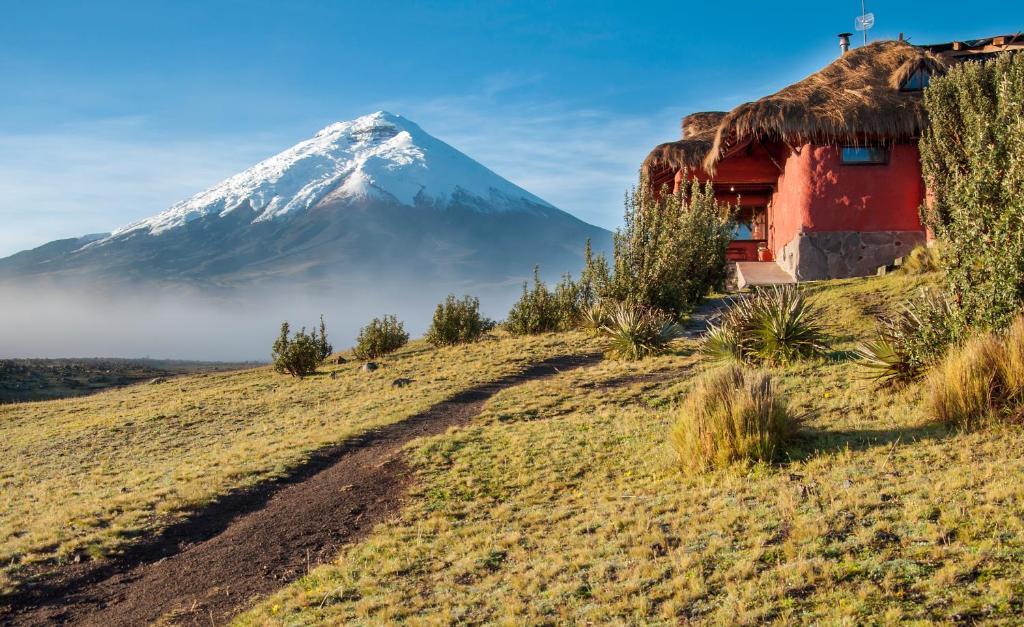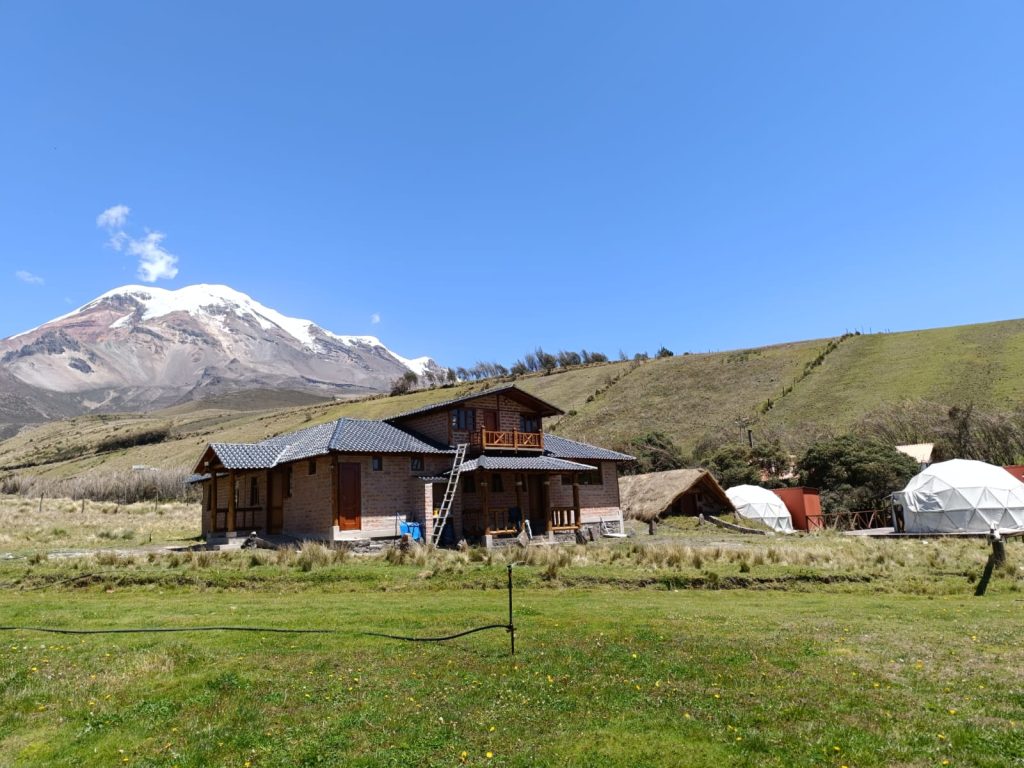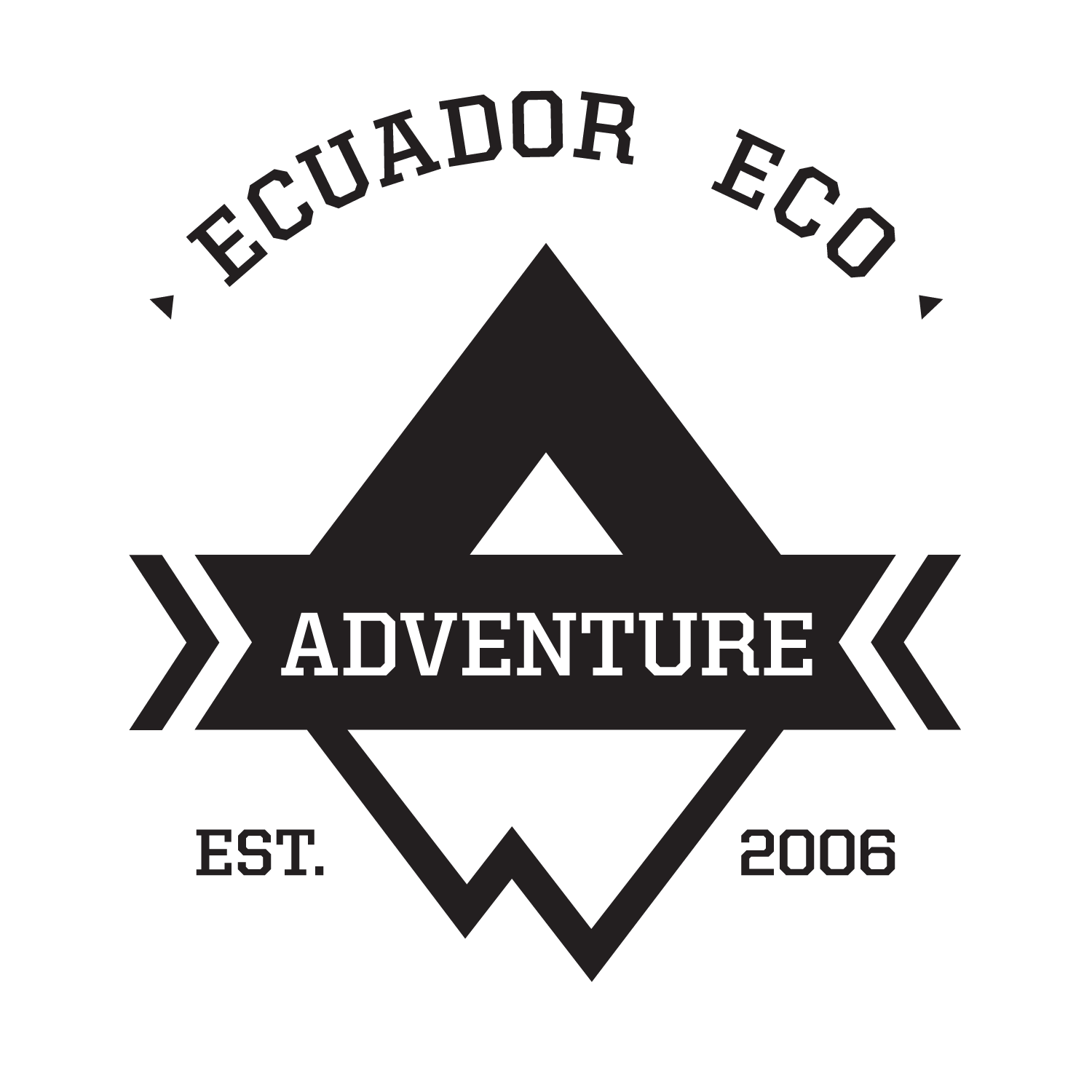How to do acclimatization in Ecuador for mountain climbing
Acclimatization in Ecuador for mountain climbing is crucial due to the high altitudes of many peaks. Gradually ascending, staying hydrated, maintaining a balanced diet, ensuring adequate rest, and monitoring for symptoms of altitude sickness are essential strategies for successful acclimatization. In Ecuador, self-guided treks and recommended lodges provide excellent opportunities to acclimatize effectively.

One popular self-guided trek is Pichincha, which includes the Rucu Pichincha peak at 4,784 meters. This trek is accessible from Quito, where the Teleférico cable car takes you up to around 4,000 meters. From there, you can hike to the summit, enjoying spectacular views of Quito and the surrounding volcanoes. Another option is Guagua Pichincha, the higher of the two peaks, though this trek is more challenging and often requires a local guide.
For those looking to acclimatize at higher altitudes, Tambo Paxi Lodge, located within Cotopaxi National Park at an altitude of approximately 3,750 meters, is an ideal spot. The lodge provides comfortable accommodations and access to various trekking routes within the park. One such trek is the hike to the Refugio José Rivas on Cotopaxi Volcano. While the summit attempt requires a guide due to its technical nature, the hike to the refuge at 4,864 meters is a great acclimatization trek, taking about 1-2 hours from the parking lot at around 4,600 meters.
Other self-guided treks from Tambo Paxi Lodge include the ascent of Rumiñahui at 4,712 meters, offering stunning views of Cotopaxi and the surrounding park. This trek can take around 5-6 hours round trip, depending on the chosen route and pace. For a gentler option, the hike around Limpiopungo Lake, situated at an altitude of 3,800 meters, offers beautiful scenery and is a good acclimatization option, taking 1-2 hours. Another challenging trek is to Sincholagua, a less-visited peak at 4,899 meters, providing a remote experience with a hike to the base taking around 6-7 hours round trip.
Chimborazo Basecamp Lodge, situated at an altitude of 3,900 meters, is another excellent location for acclimatization before attempting higher altitudes like the Chimborazo summit. From the basecamp, you can hike to the Carrel Refuge at 4,800 meters, a straightforward trek that takes about 1-2 hours over 3 kilometers. Continuing from the Carrel Refuge, you can hike further up to the Whymper Refuge at 5,000 meters, adding another 1-2 hours to the hike.
For those looking for varied terrain, the El Arenal Trek takes you through the sandy and volcanic landscape around Chimborazo, offering unique scenery over a 4-5 hour hike. Another option is a hike to the nearby Polylepis forest, located at around 4,000 meters, providing a different ecosystem to explore over a 2-3 hour round trip.

An example of an acclimatization schedule in Ecuador might look like this: Arrive in Quito (2,850 meters) and spend the first day resting and acclimatizing. Over the next two days, take a day trip or overnight trek to Rucu Pichincha (4,784 meters) using the Teleférico. Then, travel to Cotopaxi National Park and stay at Tambo Paxi Lodge (3,750 meters), spending a couple of days hiking in the park to further acclimatize. After that, move to Chimborazo Basecamp (3,900 meters) and spend a day or two acclimatizing with short hikes around the basecamp. Finally, attempt the Chimborazo summit. The climb typically starts late at night, around 11 PM to midnight, aiming to reach the summit (6,263 meters) at sunrise, taking approximately 8-10 hours for the ascent and 4-5 hours for the descent.
By following this gradual acclimatization schedule, you can increase your chances of successfully summiting Chimborazo while minimizing the risk of altitude sickness, all while enjoying the beautiful and varied landscapes that Ecuador has to offer.
General Manager and Founder. National guide and wildlife expert, photographer of wildlife, and afficionado of history. Wlady is a proud Ecuadorian who went to highschool in New Zealand and started of Ecuador Eco Adventure after meeting his Aussie mate Jake while studying ecotourism at uni. Ask us about how to climb Cotopaxi and Climbing Chimborazo as well as Trekking in Ecuador and Yasuni Amazon Tours.

